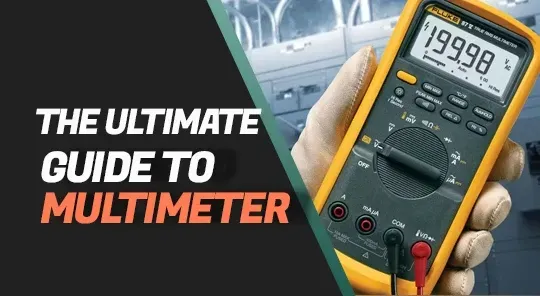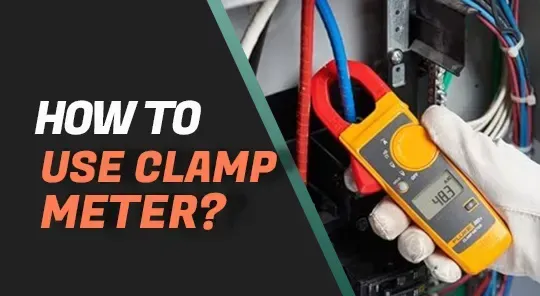The Different Types of Moisture Meters and Their Applications
Introduction
Moisture meters are indispensable tools used across various industries to measure the moisture content in different materials. Monitoring moisture levels is critical as it helps determine whether a material is suitable for its intended use. Excessive moisture or dryness can compromise the quality of materials and finished products, potentially leading to failures or subpar results. In this post, we will delve into the different types of moisture meters and their applications.
Resistance Moisture Meters:
Principle: These meters assess a material's electrical resistance. They measure the resistance by passing an electric current through the material. As moisture increases, a material's resistance decreases, and this decrease is directly proportional to its moisture content.
Applications: Resistance moisture meters are commonly used in the construction industry to assess the moisture content of materials such as gypsum, concrete, and various building components. They are also employed in agriculture to measure moisture levels in crops like hay and grains.
Advantages: Resistance moisture meters are user-friendly, portable, and relatively affordable. They are effective for measuring the moisture content of non-conductive materials like wood. However, their accuracy may be affected by factors such as temperature and humidity.
Capacitance Moisture Meters:
Principle: Capacitance moisture meters measure the dielectric constant of a material. They apply an electric field to the material and measure its capacitance. An increase in the dielectric constant due to moisture is directly proportional to the material's increased moisture content.
Applications: Capacitance moisture meters are commonly used in the woodworking industry to determine the moisture content of wood. They are also employed in the food processing sector to measure the moisture content of dairy and yogurt products.
Advantages: Capacitance moisture meters are cost-effective, easy to use, and accurate, even in materials with high electrical conductivity. They are less sensitive to temperature and humidity variations compared to resistance moisture meters. However, they require a flat, smooth surface for precise readings.
Time Domain Reflectometry (TDR) Moisture Meters:
Principle: TDR moisture meters measure the time taken for an electromagnetic pulse to pass through a material and reflect back. These meters are often used to measure the moisture content of soil and other materials.
Applications: In the agricultural sector, TDR moisture meters are used to measure soil moisture levels. They are also employed in the construction industry to assess the moisture content of sand, soil, and other materials.
Advantages: TDR moisture meters provide rapid, precise, and non-destructive readings of moisture content in various materials. They are suitable for measuring moisture content at different depths. However, they tend to be expensive and require training for proper operation.
Infrared (IR) Moisture Meters:
Principle: Infrared moisture meters measure a material's emission of infrared radiation. They direct an infrared beam at the material and measure the amount of radiation reflected back.
Applications: Infrared moisture meters are commonly used in the food processing industry to measure the moisture content of products such as meat, fruits, and vegetables.
Advantages: Infrared moisture meters are non-destructive, require minimal sample preparation, and provide quick results. They are effective for measuring the moisture content of materials that are difficult to access. However, they can be relatively expensive, and factors like surface color and roughness may affect the accuracy of readings.
Applications of Moisture Meters:
Moisture meters find applications in various industries and sectors, including:
Agricultural Sector:
- Soil moisture measurement for determining optimal planting and harvesting times.
- Monitoring moisture levels in hay and crops to assess nutritional value and quality.
- Managing soil moisture for healthy plant growth and nutrient absorption.
Building Materials:
- Assessing moisture content in concrete, gypsum, and wood to ensure structural integrity and durability.
- Preventing mold growth by identifying high moisture levels in building materials.
Woodworking Industry:
- Measuring wood moisture content to determine suitability for specific applications.
- Preventing issues like warping and rotting caused by excessive moisture in wood.
Food Processing:
- Ensuring the quality, safety, and shelf life of food products by measuring moisture content in meat, fruits, and vegetables.
- Monitoring moisture levels in dairy and yogurt products.
Diverse Materials:
- Measuring moisture content in various materials across multiple industries.
- Selecting the appropriate moisture meter based on material type, required precision, and environmental conditions.
Well-Known Companies:
Several reputable companies manufacture moisture meters, including Extech, Testo, and Kimo. These manufacturers offer a range of moisture meter models suitable for various applications. Here are some features of a few well-known models from each manufacturer:
Extech MO297:
- A pinless moisture meter designed for woodworking and building inspection applications.
- Provides non-invasive moisture content readings for materials like wood, drywall, plaster, and concrete using electromagnetic sensor technology.
- Features a large backlit LCD screen, data hold function, and customizable moisture level alarm.
- Comes with a protective carrying case and operates on a 9V battery.
Testo 606-2:
- Portable and easy-to-use moisture meter designed for construction and woodworking sectors.
- Provides precise measurements of moisture content in wood, paper, cardboard, and other materials using capacitance measuring technique.
- Features a large LCD display showing temperature and moisture content values.
- Includes an audio alarm and data hold function, powered by two AAA batteries, and includes a carrying bag for protection.
Kimo MP110:
- A versatile moisture meter suitable for various industries and applications.
- Offers precise measurements of moisture content in materials like wood, paper, and textiles using capacitive sensing technology.
- Equipped with a large backlit LCD screen displaying temperature, humidity, and moisture content data.
- Features data logging capability for up to 10,000 readings and includes a USB connector for data transfer.
- Powered by a rechargeable lithium-ion battery.
Consider Your Needs:
When choosing a moisture meter, it's crucial to consider the specific requirements of your application, as well as the features and specifications of different types. Factors to take into account include the material you're testing, the desired moisture content range, required accuracy level, and the environmental conditions in which the meter will be used.






